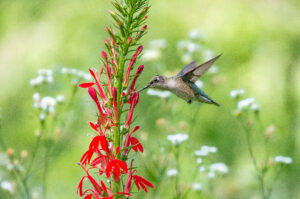
Cardinal Flower: A Vibrant Native Plant for Wet Soils
Cardinal flowers are striking plants that add a pop of vibrant red to gardens and natural areas. These tall, slender perennials bloom in late summer
Ground shipping is currently paused. Local deliveries throughout Long Island will continue as usual. Pre-orders for fall are now open. Non-local orders will begin shipping again in early September. Click here to learn more.
Common blue violets brighten up yards and gardens across North America. These small purple flowers pop up in spring and summer, adding splashes of color to grassy areas.
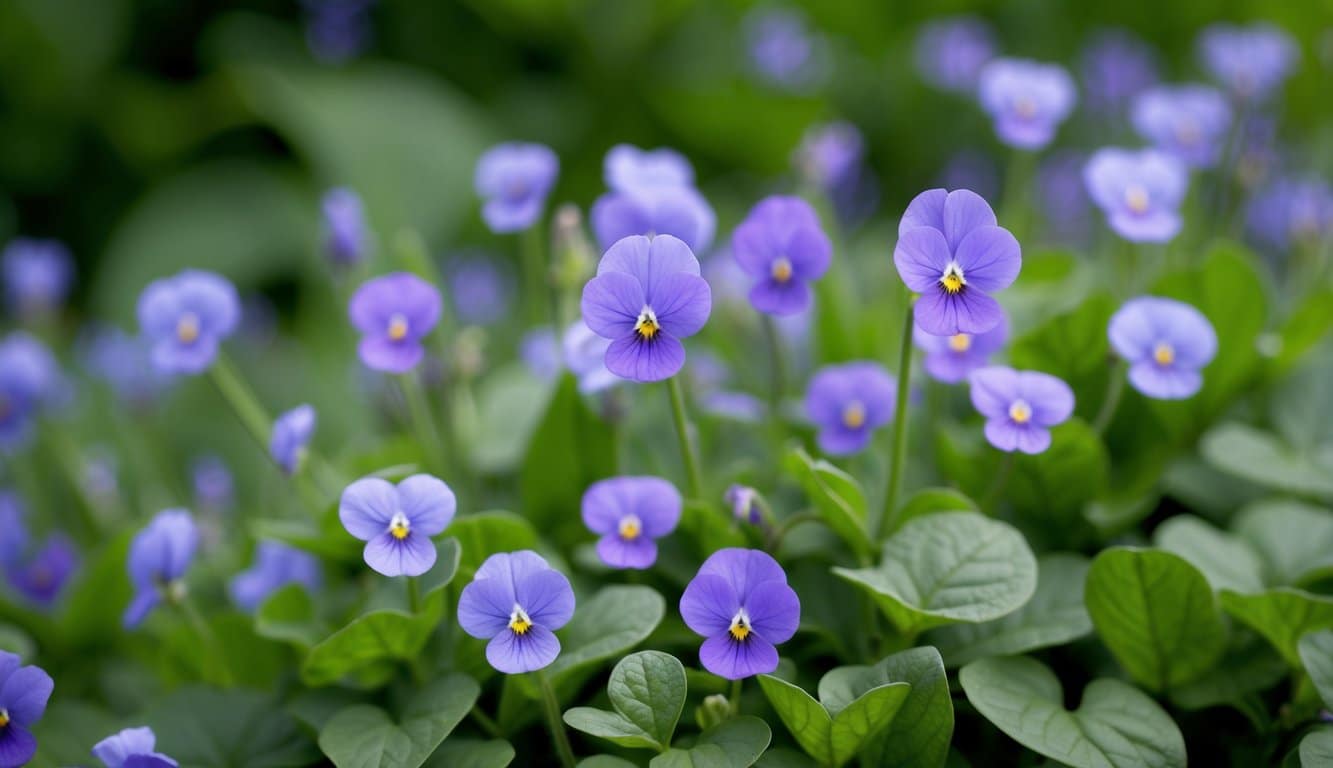
You can find these hardy perennials growing wild in fields, forests, and lawns throughout the eastern and central United States. Viola sororia, their scientific name, refers to their sisterly nature as they often grow in clusters.
These wildflowers are easy to spot with their heart-shaped leaves and distinctive five-petaled blooms. You might see them in shades ranging from deep purple to pale lavender. Common blue violets are not just pretty – they’re also edible and have been used in traditional medicine for centuries.
Common blue violets have unique features that make them easy to spot. They come in different varieties with slight differences in appearance.
You’ll find common blue violets growing low to the ground. Their heart-shaped leaves have toothed edges and grow on long stalks. The flowers have five petals – two upper, two side, and one lower petal. The lower petal often has dark lines called nectar guides.
Blue violet flowers are typically 1-2 cm wide. They range in color from light blue to deep purple. Some may even appear white. The flowers have a white throat and grow on separate stems from the leaves.
These plants bloom in spring and early summer. They also produce small, closed flowers called cleistogamous flowers later in the season. These self-pollinate without opening.
Several types of blue violets exist with small differences:
Wood violets and hooded violets are other names for blue violet varieties. Some have darker purple flowers. Others may have slightly different leaf shapes or plant sizes.
All types share the classic violet flower shape and heart-shaped leaves. The main differences are in color shades, fuzziness, and exact petal patterns.
Common blue violets grow in many places and play a big role in nature. They help other plants and animals in different ways.
Common blue violets are found across eastern North America. You’ll see them in states like Illinois, Rhode Island, New Jersey, and Wisconsin. These little flowers spread easily and can grow almost anywhere. They pop up in woods, meadows, and even your lawn.
Violets make great ground cover in woodland gardens. They don’t mind shade and can fill in bare spots quickly. Some people think violets are weeds because they spread so fast. But they’re actually native plants that belong in many areas.
Violets are very important for wildlife. Bees and butterflies love their nectar. Fritillary butterfly caterpillars only eat violet leaves. Without violets, these butterflies couldn’t survive.
Birds and small animals like rabbits eat violet seeds and leaves. The plants give them food and shelter. Deer usually leave violets alone, so they’re good for gardens where deer are a problem.
Violets also help the soil. Their roots keep dirt from washing away when it rains. They make the ground better for other plants too.
Common blue violets are easy to grow and care for. They thrive in specific conditions and have many uses in gardens. You can also propagate them in different ways.
Common blue violets prefer partial shade to full sun. They grow best in moist, well-draining soil rich in organic matter. Clay soil is okay if it’s not too heavy. Water your violets regularly, keeping the soil damp but not soggy.
Violets don’t need much fertilizer. You can add compost or a balanced, slow-release fertilizer in spring. Too much nitrogen can lead to lots of leaves but fewer flowers.
These plants are hardy and can handle cold winters. In hot summers, they may go dormant and lose their leaves. Don’t worry – they’ll come back when it cools down.
You can use common blue violets in many ways in your garden. They make great groundcover in shady areas. Plant them under trees or in woodland gardens.
Violets work well in rock gardens, borders, and flower beds. Their low-growing habit and pretty flowers add color and texture.
You can even let violets grow in your lawn. They’ll create a carpet of purple flowers in spring. If you mow high, they’ll blend in with the grass.
Common blue violets are easy to propagate. They self-seed readily, so new plants will pop up on their own. You can collect and sow seeds in fall or spring.
Division is another simple method. Dig up a clump in spring or fall. Gently pull it apart into smaller sections. Replant these right away.
You can also take stem cuttings in spring. Cut a 3-4 inch piece, remove lower leaves, and plant in moist soil. Keep it humid until roots form.

Common blue violets produce beautiful flowers and have interesting ways of spreading. They bloom at specific times and rely on insects and other methods to make new plants.
Common blue violets start flowering in early spring. You’ll see their pretty purple, blue, or white blooms from March to May. The flowers last for several weeks.
These plants often have a second blooming period in fall. This happens when temperatures cool down. You might spot new violet flowers in September or October.
Bees and butterflies love violet flowers. They visit the blooms to drink sweet nectar. As they feed, they pick up pollen and move it between plants. This helps violets make seeds.
Violets have a clever way to spread seeds. Their seed pods burst open when ripe. This shoots seeds far from the parent plant. Ants also help move violet seeds. They carry the seeds to their nests, spreading violets to new areas.
Some violets can make seeds without pollination. This is called self-seeding. It helps the plants grow in places where pollinators are scarce.
Common blue violets offer many practical and cultural uses. They provide food, medicine, and symbolic meaning to people around the world.
You can eat common blue violet flowers and leaves. They’re tasty in salads and add color to dishes. The flowers make pretty decorations for cakes and desserts. You can also use them to make violet jelly or candies.
Blue violets are full of vitamins A and C. These vitamins help keep your eyes and skin healthy. The leaves and flowers may help soothe coughs and reduce fevers. Some people use violet tea to ease headaches or calm upset stomachs.
Blue violets have deep cultural roots. In ancient Greece, the poet Sappho called violets the “flower of love.” Today, violets still stand for faithfulness and modesty in many places.
You’ll often see violets in art and literature. They show up in paintings, poems, and stories. Violets are also the state flower of several U.S. states. Many people plant them in gardens as a pretty and useful native plant.
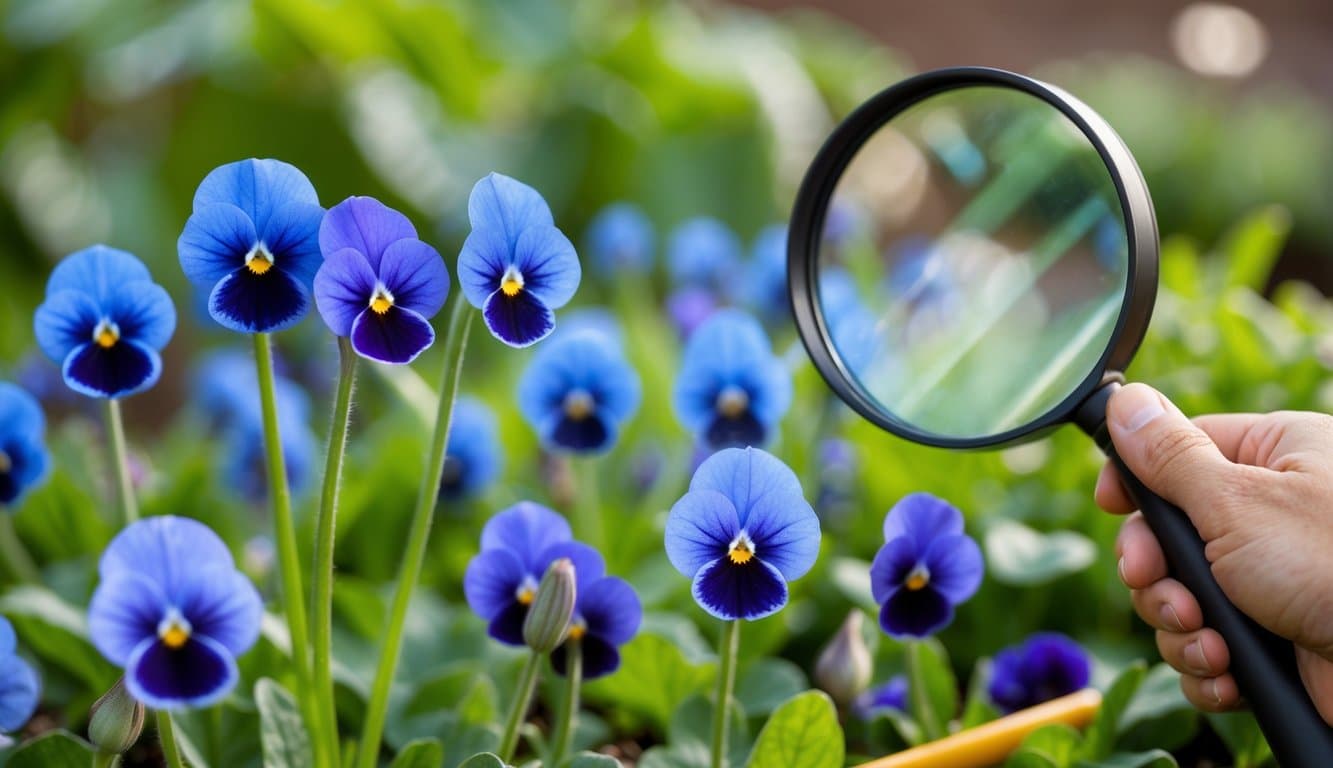
Common blue violets face several pest and disease challenges. Proper management helps keep plants healthy and thriving.
Slugs and snails can damage violet leaves and flowers. You can control them by setting up barriers or using slug baits. Aphids sometimes infest violets, sucking sap from new growth. Wash them off with a strong spray of water or use insecticidal soap.
Red spider mites may attack violets during hot, dry weather. Look for tiny moving dots and fine webbing on leaves. Increase humidity and spray plants with water to deter mites.
Violet gall midges cause leaf galls on some species. Remove and destroy affected leaves to stop their spread.
Pansy leaf spot creates brown spots on foliage. Improve air circulation and avoid overhead watering to prevent this fungal disease.
Powdery mildew appears as a white, powdery coating on leaves. Space plants properly and water at the base to reduce humidity around foliage.
Common blue violets play an important role in their ecosystems. You’ll find these wild plants growing in woodlands, meadows, and even lawns.
They provide food and shelter for various insects and animals.
The flowers attract pollinators like mining bees. These bees help transfer pollen between violet plants, aiding in reproduction.
Great spangled fritillary butterflies rely on violets too. The caterpillars of this species feed exclusively on violet leaves. Without violets, these butterflies couldn’t survive.
Violets can spread quickly in some areas. You might see them pop up in gardens or yards.
While not typically considered invasive, they can be hard to control if unwanted.
These plants are good at adapting to different environments. You’ll see them thriving in both sunny and shady spots.
They can handle various soil types too.
Violets help prevent soil erosion with their spreading root systems. This makes them valuable in areas prone to runoff or landslides.
You can use violets as natural ground cover in your garden. They’ll crowd out unwanted weeds and add beauty to bare spots.
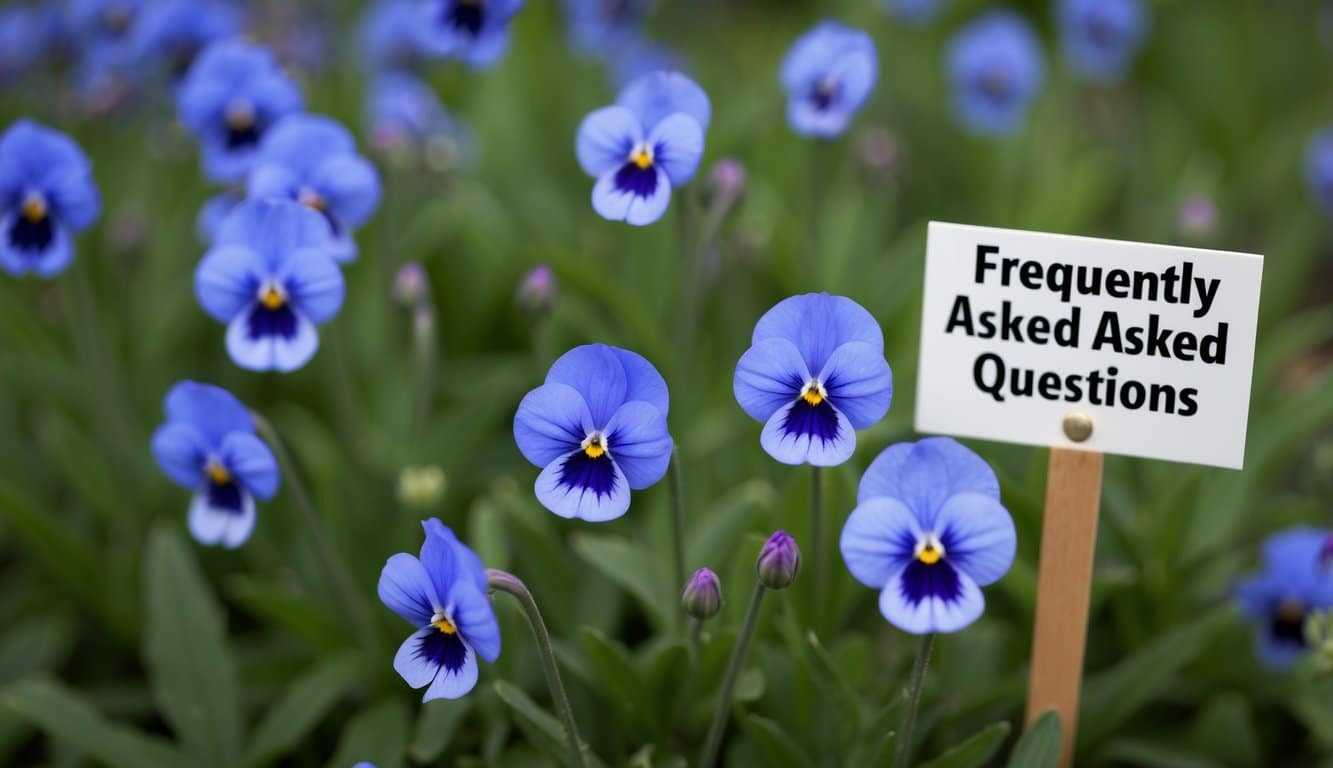
Common blue violets spark curiosity among gardeners and nature lovers. These popular wildflowers have interesting traits and uses worth exploring.
The scientific name of the Common Blue Violet is Viola sororia. This species belongs to the Violaceae family of flowering plants.
Common Blue Violets need partial shade and moist, well-draining soil.
Water them regularly, especially during dry spells. Remove dead leaves and flowers to keep the plant tidy.
Fertilize lightly in spring with a balanced, slow-release fertilizer. These hardy plants don’t require much care once established.
You can find Common Blue Violet seeds at local garden centers, nurseries, and online retailers like Bumbee’s.
Specialty wildflower seed companies often carry them too.
Check native plant societies in your area. They may offer seeds or seedlings of local violet varieties.
Common Blue Violets are native to eastern and central North America. Their range extends from Quebec to Florida, and west to Minnesota and eastern Texas.
These violets thrive in woodlands, meadows, and grasslands across this broad area. They adapt well to various climates within their native range.
Yes, Common Blue Violet flowers and leaves are edible. The flowers have a mild, sweet flavor and make pretty garnishes for salads and desserts.
Young leaves can be eaten raw or cooked. They’re rich in vitamins A and C. Always make sure you correctly identify plants before eating them.
Common Blue Violets make excellent ground cover in shady areas. They spread quickly through underground rhizomes and self-seeding.
These violets form dense mats of heart-shaped leaves. They suppress weeds and prevent soil erosion.
Their low-growing habit works well under trees or along woodland edges.

Cardinal flowers are striking plants that add a pop of vibrant red to gardens and natural areas. These tall, slender perennials bloom in late summer
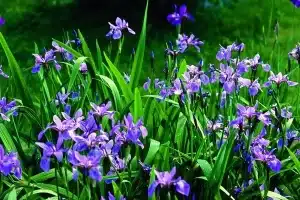
New York native plants are essential for sustaining local ecosystems. They provide food and shelter for wildlife while helping to maintain soil health. Incorporating native
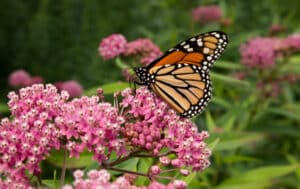
Rose milkweed is a beautiful native plant that can add color and life to your garden. This perennial flower, also known as Asclepias incarnata, grows
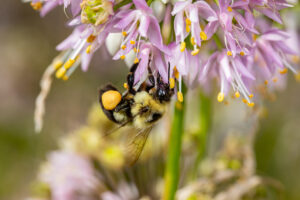
Nodding onion plant is a charming native plant found across North America. Its drooping pink or white flower clusters add a whimsical touch to gardens
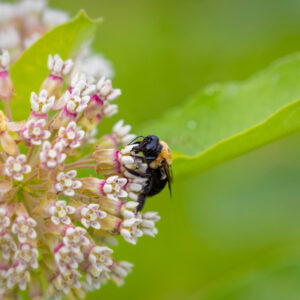
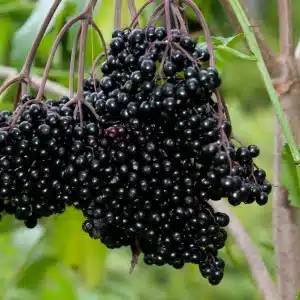
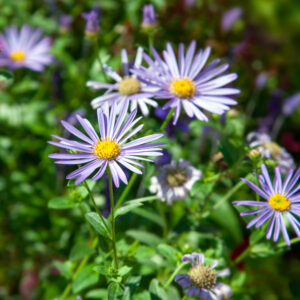
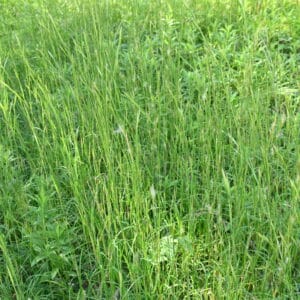
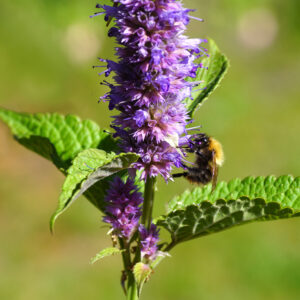
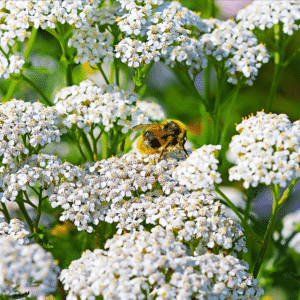
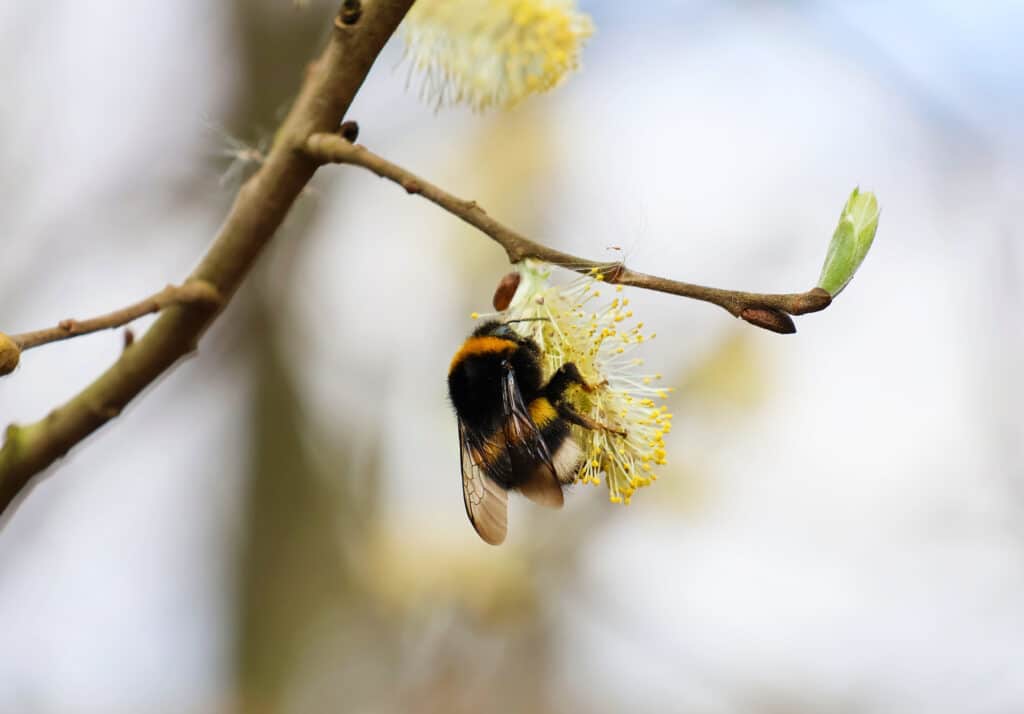
Only Local Delivery Available (Long Island & Queens)
Ground Shipping Paused
To protect our plants from extreme summer heat, we’ve paused nationwide ground shipping to avoid any damage during transit.
Local Delivery Only
We’re still delivering locally to Long Island and Queens, so nearby customers will continue to receive orders as usual.
Fall Pre-Orders Are Open Nationwide!
We will resume normal shipping for non-local orders placed during the pause in early September.
Thank you for your support and understanding—we’re looking forward to growing with you this fall!